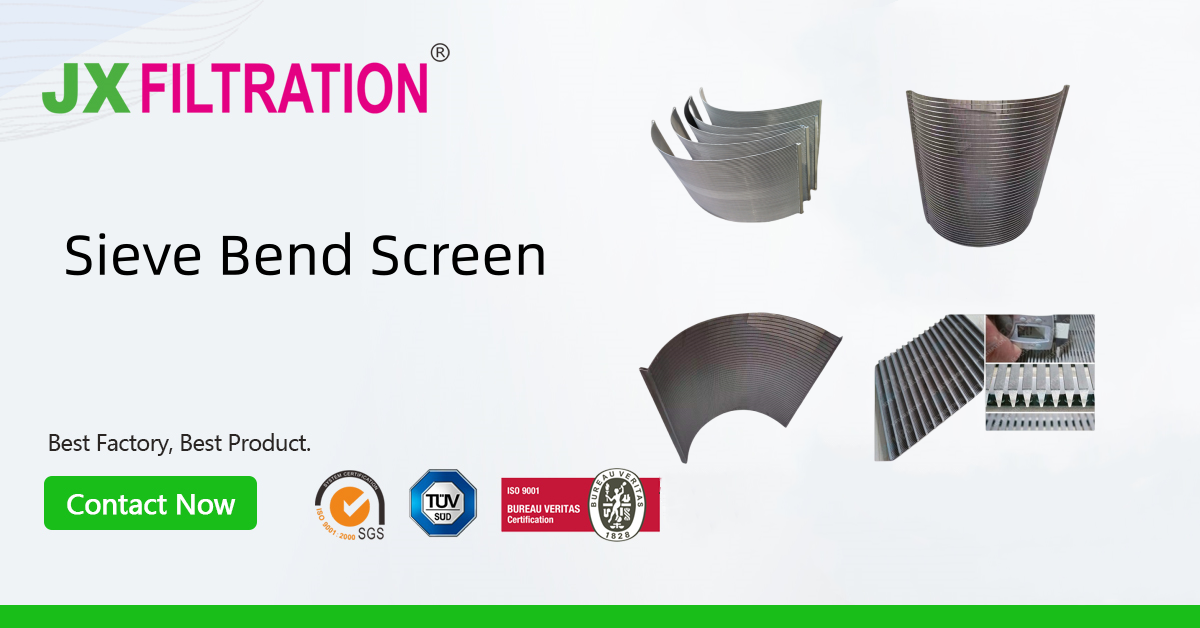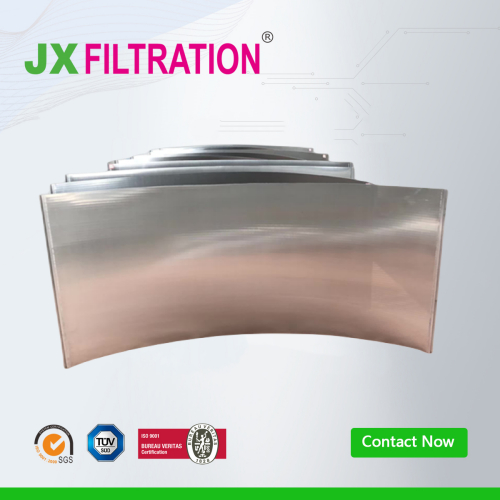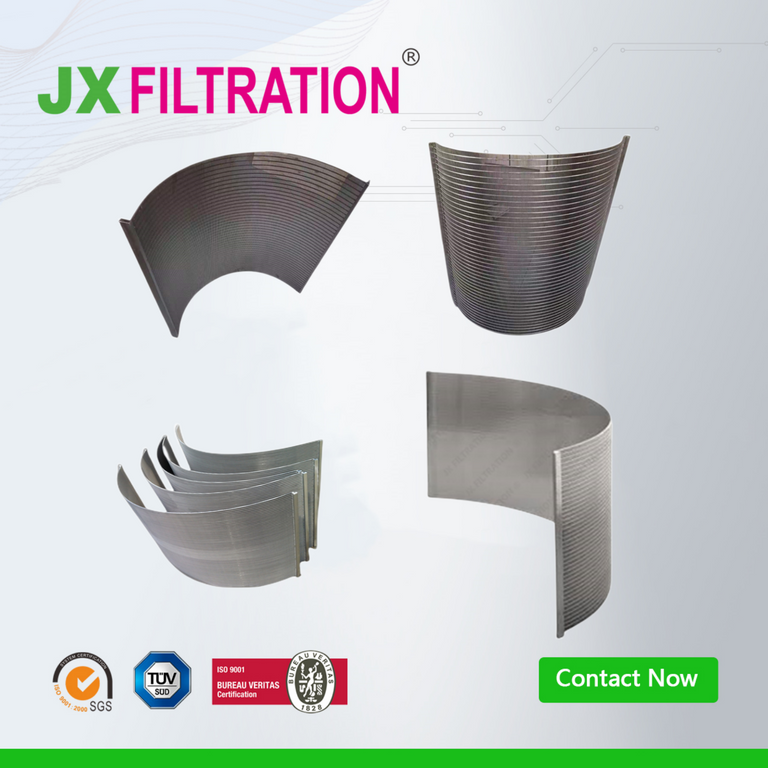How to Choose a Sieve Bend Screen Based on Processing Capacity
The processing capacity of the Sieve Bend Screen is related to its open area. Considering the screen's wear resistance, the screen bars are generally not less than 1.5 times the width of the screen slots.

The smaller the radius of the screen surface, the greater the centrifugal force on the liquid. In dense medium separation, sieve bend screens are often used in combination with linear vibrating screens. The slot spacing is typically around 0.5 mm, and the slurry removal capacity can reach about 100m³/(h*m²).
How to Determine the Screen Surface Curvature?
The curvature of the screen surface is generally determined based on the flow characteristics of the material. If the curvature is too small, the slurry's retention time on the screen surface is short, causing some water and fine particles to escape from the screen. If the curvature is too large, the discharge end of the screen becomes flatter, slowing down the slurry flow.
Although this helps with dewatering, material may accumulate on the screen surface. The two issues mentioned at the beginning of this article are due to improper curvature selection. Domestically produced sieve bend screens typically have curvatures of 45°, 53°, and 60°. Of course, other curvatures can also be manufactured.
Therefore, when selecting a sieve bend screen, it's essential to consider the processing capacity and particle size separation requirements carefully. If problems arise with an existing sieve bend screen, adjustments can be made by altering the feed pressure, slot size, curvature, adding a fixed screen in the feed box, or collaborating with other equipment to meet the required process parameters.
Any Requirements, Contact Us Now!
Kris
Email/Teams: kris@filtrationchina.com
Mobile/Whatsapp/Wechat: +86 18980776200


